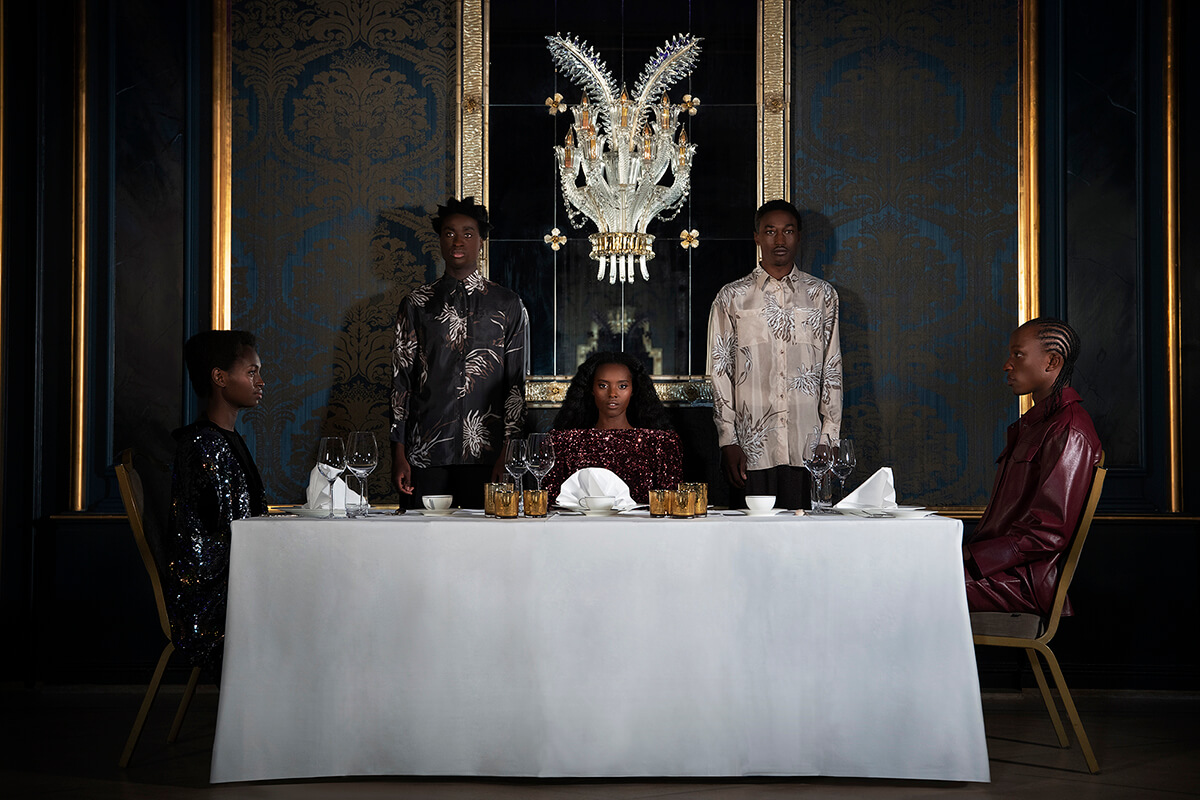INTERVIEW
Photography is Presence
WITH KUNAL KOHLI
AN INTERVIEW WITH KUNAL KOHLI
“For me, photography is about presence. I think most clearly when I’m behind the camera, and it’s there that time slows and emotions rise to the surface. Winning Life Framer feels like an affirmation that these small, quiet narratives can resonate far beyond words.”
Kunal Kohli won 1st Prize in our recent Open Call with an image that captivated judge Alison Morley, praising the way in which it “radiates authenticity and creative intent”. Taken from a long-form project exploring ideas of identity and vulnerability, it is indicative of his broader work – full of heartfelt emotion and creative vision.
Keen to know more about Kunal’s approach, his background and inspirations, and of course the circumstances behind this spectacular image, we put some questions to him…
Kunal, congratulations on winning our Open Call competition! Where do we find you in the world? Please introduce yourself in a few words…
Hi, and thank you so much! Right now, I’m in my apartment in New York City.
How do I introduce myself? From an artistic perspective, I see myself as a narrative photographer. I’m not just interested in capturing a face, but in tracing the emotional contours of identity, vulnerability, and human connection. My portraits are quiet stories, moments of pause that speak volumes. Series like Absolution and E.X.C.E.L.L.E.N.C.E. explore themes of identity, belonging, release, and the importance, and necessity of diversity.
For me, photography is about presence. I think most clearly when I’m behind the camera, and it’s there that time slows and emotions rise to the surface. Winning the Life Framer Open Call feels like an affirmation that these small, quiet narratives can resonate far beyond words.
Your winning image comes from your series Absolution – a title that you associate with much of your personal work. Can you tell us about the background to that series, and what it means to you?
I first created Absolution in 2016 for a group exhibition at the International Center of Photography in New York city. At the time, I had a loose sense of what the images meant to me, but instinctively I knew this was not a finished story. It was a beginning, something that needed to evolve as I did, both personally and as an artist.
Absolution explores the emotional weight of the past, the process of confronting and releasing identities, memories, and emotional patterns that once defined us, but no longer serve who we are becoming. It’s about that inner reckoning: the push and pull between holding on and letting go, and the quiet resilience it takes to move toward emotional freedom.
This series has always been deeply personal. It speaks to the moments we don’t always show, grief, regret, the fragility of healing. But it’s also about transformation. About the clarity and peace that can emerge after struggle. With Absolution, I try to visually capture that inner landscape, the tension, the vulnerability, and eventually, the stillness that comes when you finally exhale.
Since 2016, the series has grown with me. I’ve created seven chapters so far, each one reflecting a different emotional layer or life phase. The winning image is from 2024, photographed in Oslo, Norway with Lamin Sahoo and make-up artist Stine Broen. I love working with them, I have worked with Lamin since 2019 and Stine has been with me since 2016.
And your winning image specifically, can you tell us a little bit about that? To what degree was it planned or spontaneously conceived? How challenging was it to capture the powerful ‘infinity’ or wings-like shape the sand draws in the sky?
Before I even pick up the camera, I tend to see the images in my mind. It might sound a little strange, but they often arrive intuitively, like fragments of a dream I haven’t quite woken from. I usually write them down as soon as I can.
For this image, the concept came to me quite clearly. I had Lamin in mind for it from the start, envisioned in that very pose, his body suspended in a moment of strength and resilience, with sand slipping through his hands. We began with that idea, and after a few tries, I asked Lamin to throw the sand just as he picked it up, but to remain fully immersed in the emotional state that anchors the series. It was essential that the action didn’t interrupt the narrative, but deepen it.
What happened next felt almost serendipitous. I captured a sequence of frames where the sand arced into a shape we now call “the infinity sign.” It was created entirely in-camera, as all my work is, and in that instant, something subtle and symbolic unfolded, something beyond what I had originally imagined. Sometimes you’re lucky like that, an idea grows into something more unexpected, more poetic, once it’s lived in the real world.
And it’s never just a solo effort. I give my team freedom to contribute creatively, and this image wouldn’t have been possible without Lamin’s sensitivity and presence, or Stine’s support. Collaboration is at the heart of how I work, and I’m grateful to be surrounded by people who bring my ideas to life with such care and dedication.
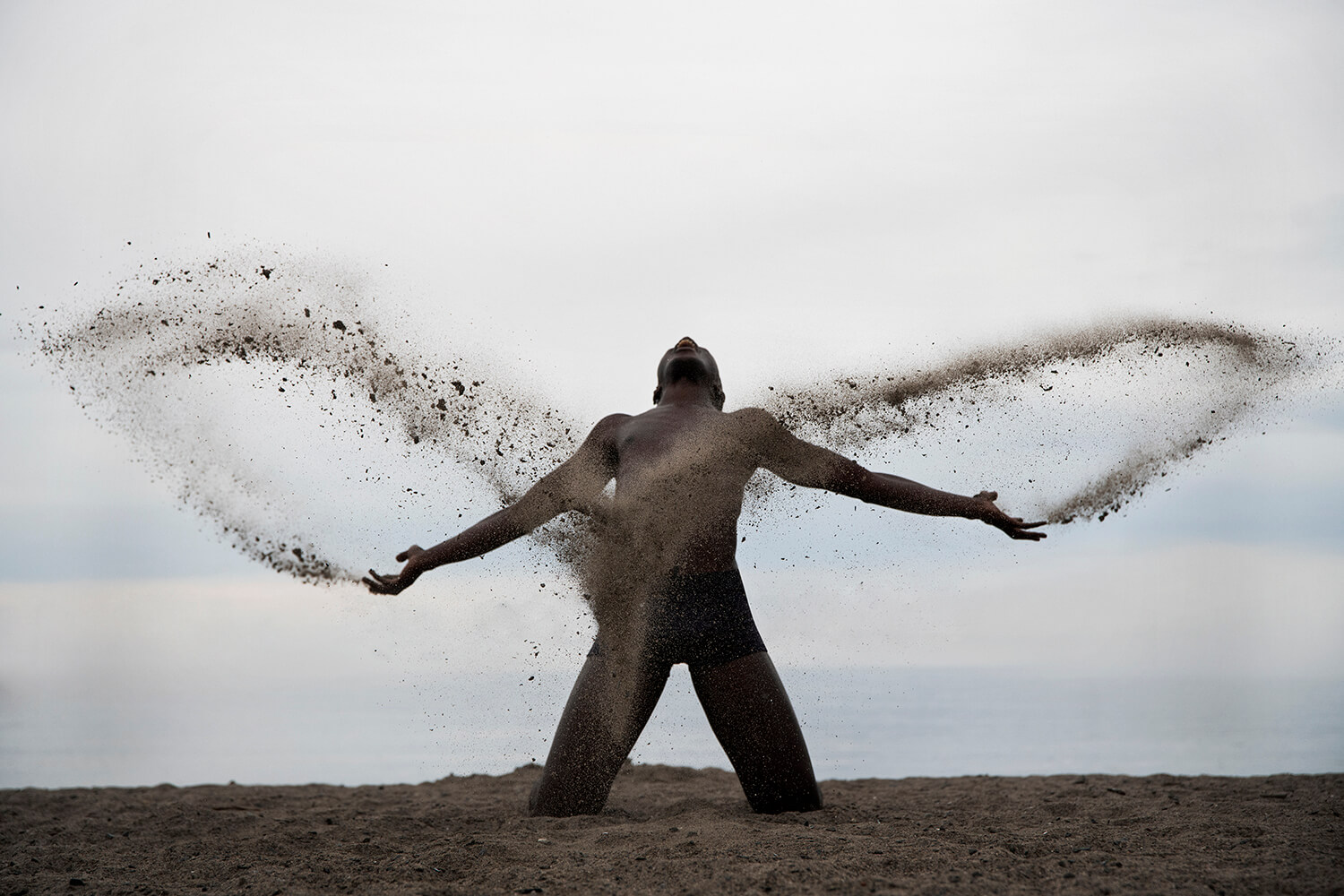
KUNAL’S WINNING OPEN CALL IMAGE
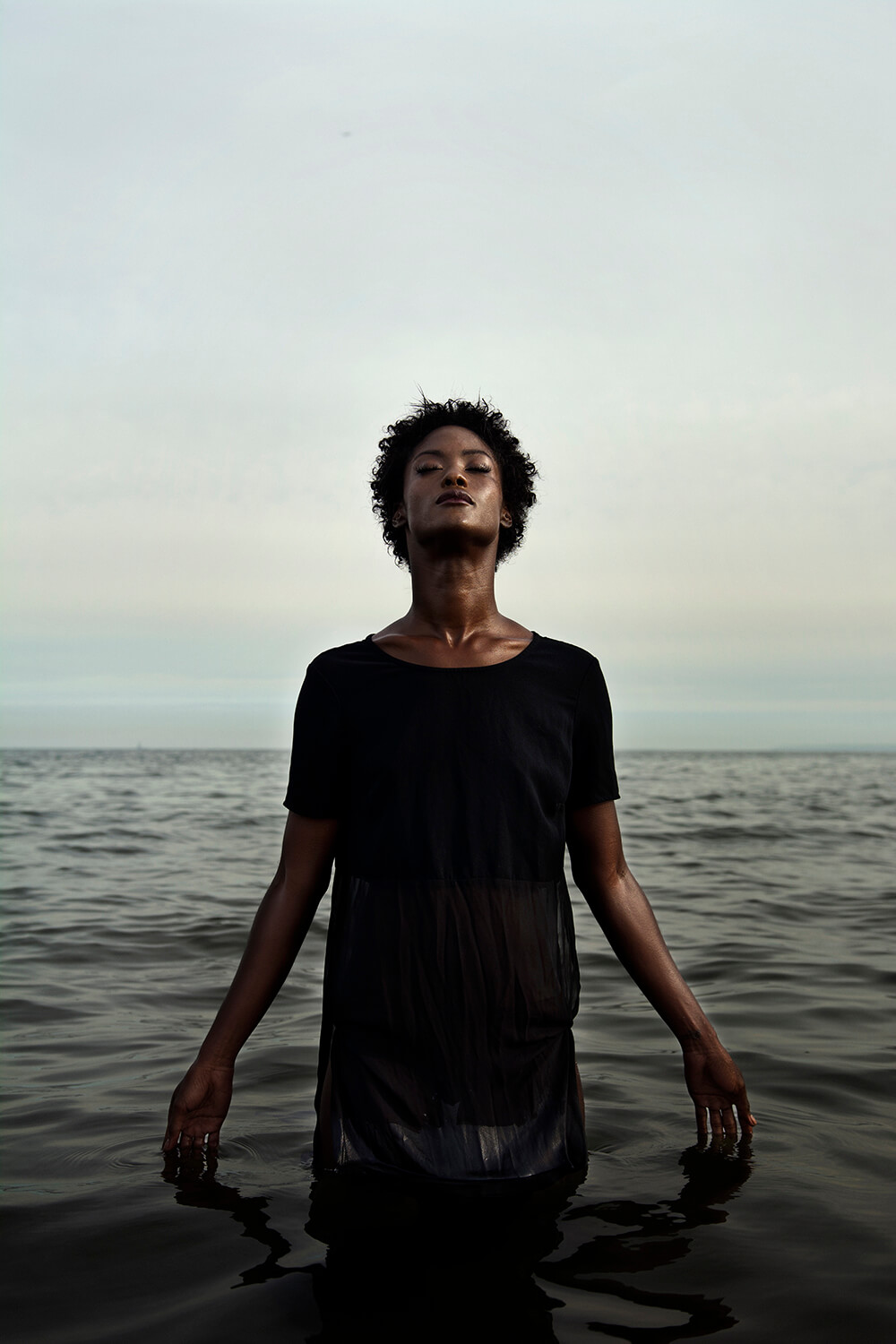
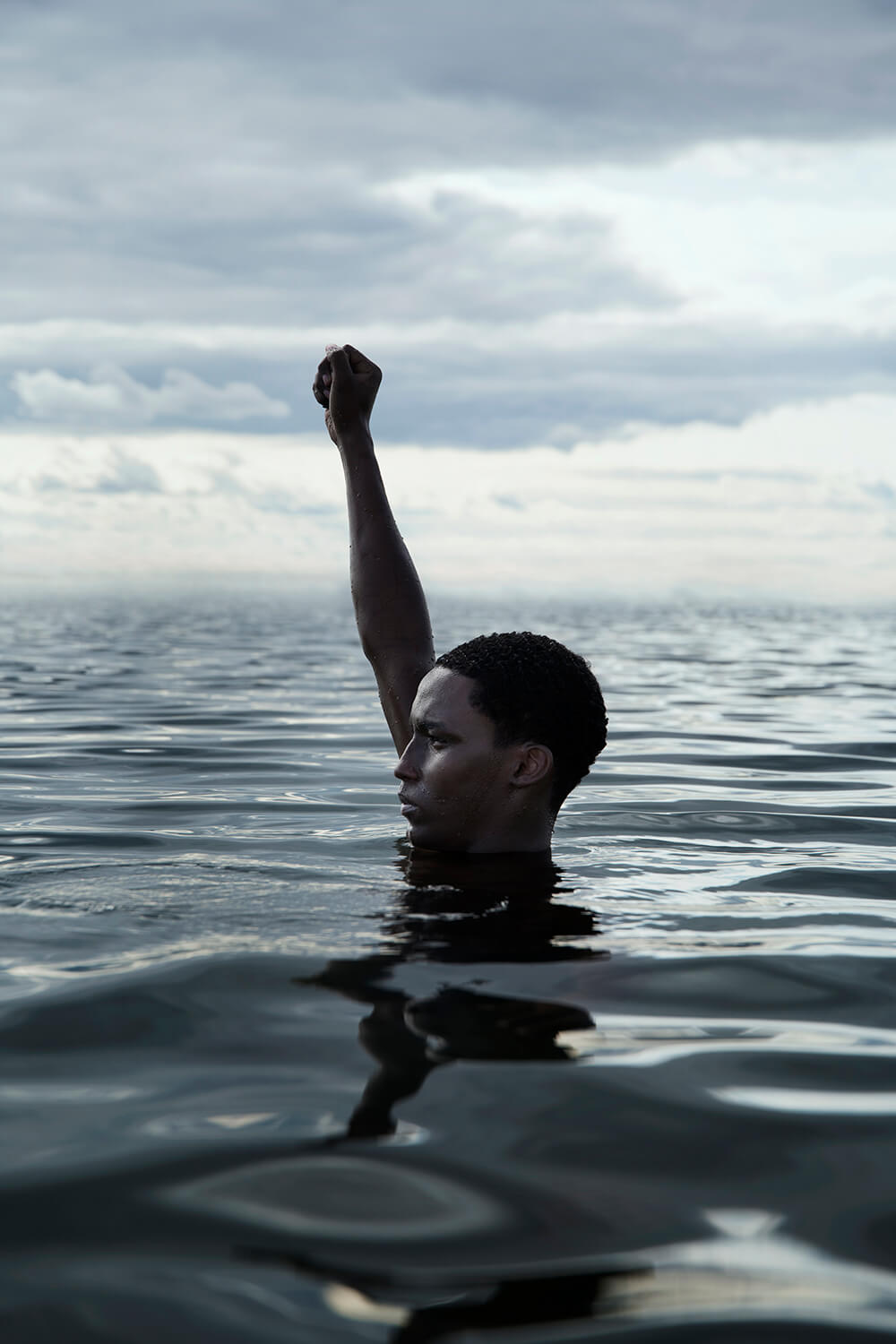
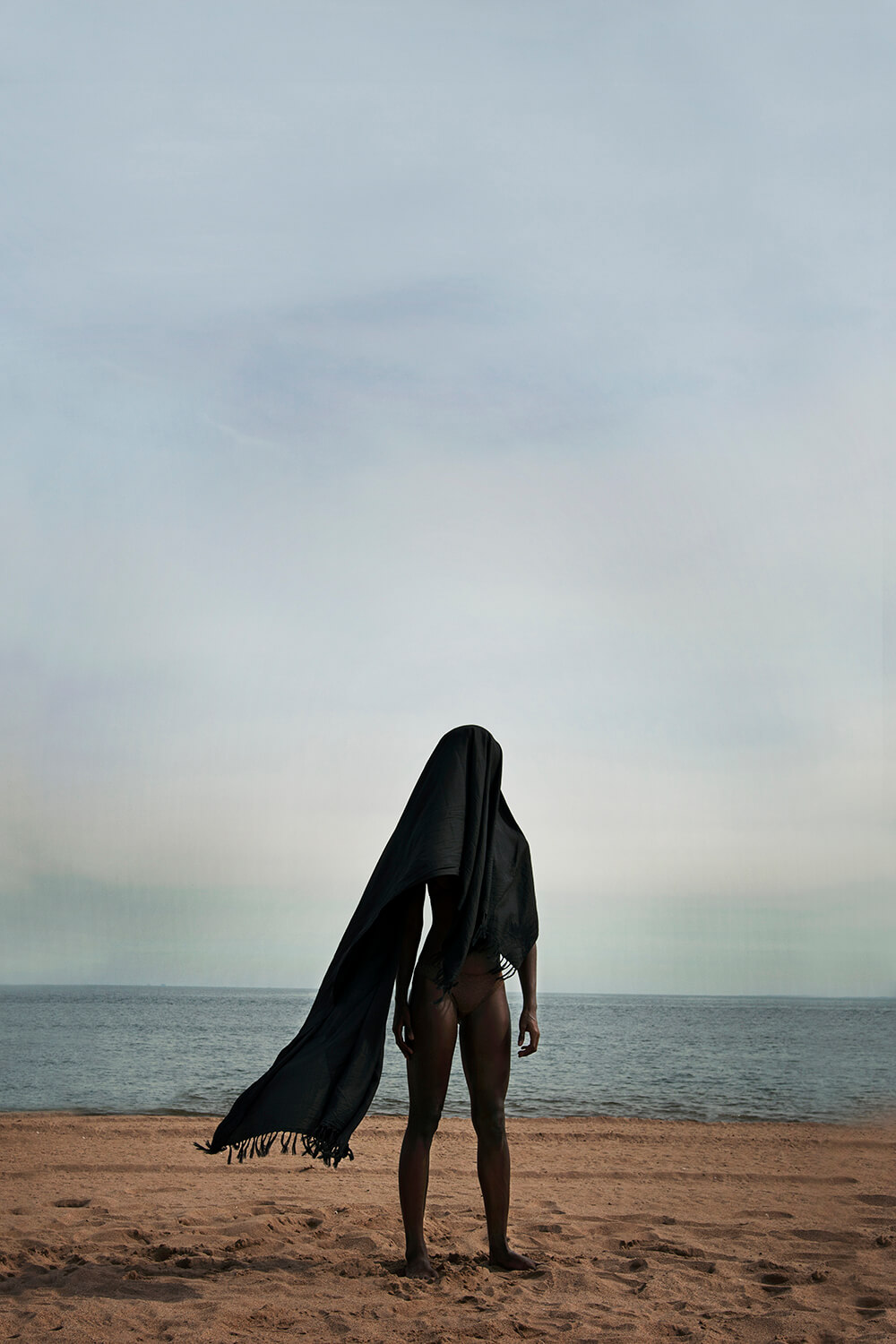
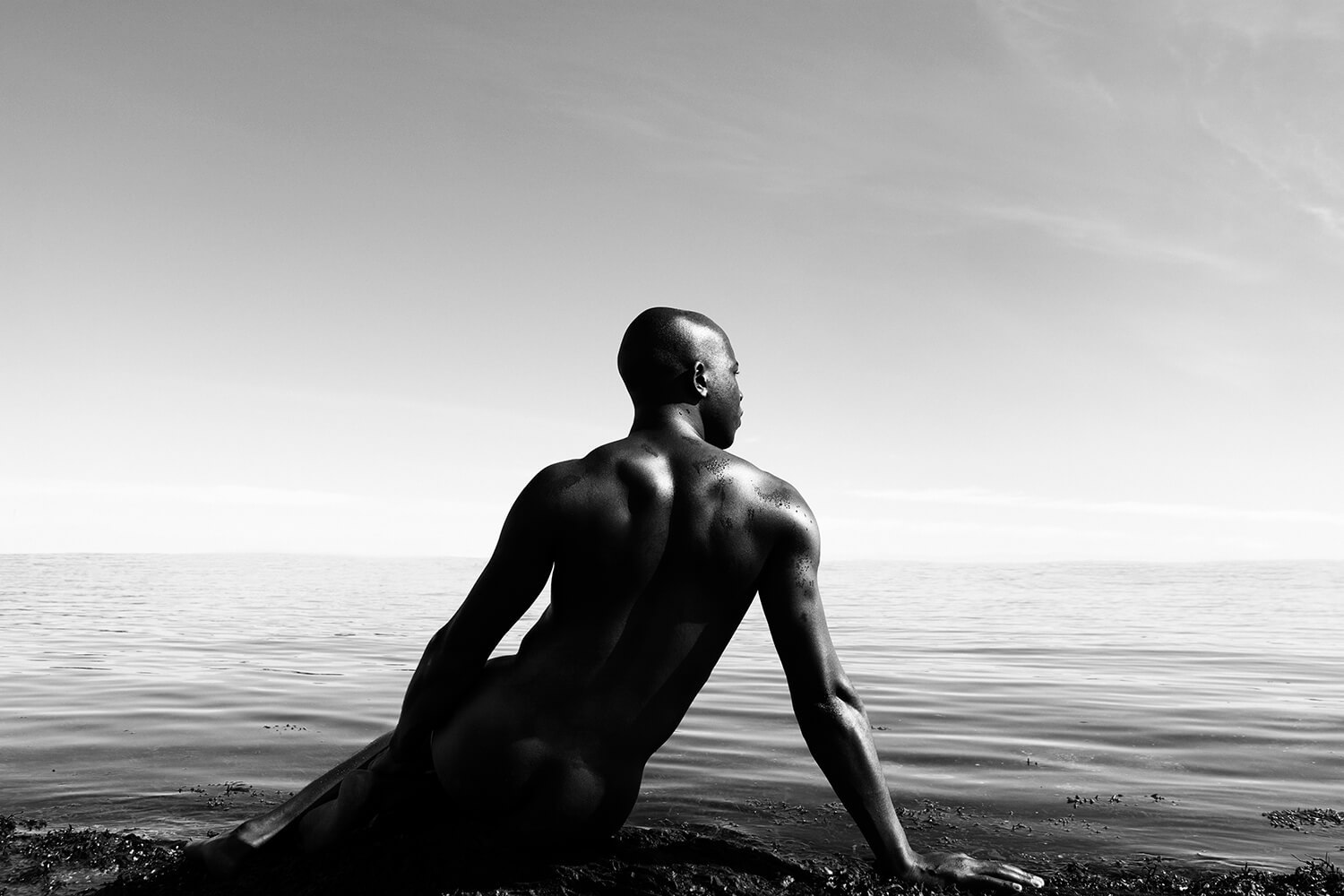
Where did you love of photography, and particularly conceptual or narrative-based photography, first come from?
This question is always a little tricky for me, because in many ways, I don’t feel like I chose photography, I genuinely believe it chose me. I know that can sound like a line, but it’s the truth. My academic background is in business and economics, and I earned my master’s before working for a few years as an underwriter and pricing analyst. It was a stable, predictable career path, however over time, I found myself drawn elsewhere, almost without realizing it.
It began with a camera I bought which I didn’t even know how to use. From there, I enrolled as a part-time student, while working full- time, at Bilder Nordic School of Photography in Oslo. Looking back, I think the seeds were planted much earlier. My parents would take me to museums and galleries everywhere we travelled. As a child, I didn’t fully appreciate it. Some days I was completely fascinated by the stories in the works, other days I was impatient and distracted, but those experiences stayed with me.
The defining moment came when I visited an exhibition of the photographer, David LaChapelle, in Milan. I was mesmerized. I must have walked through the exhibition three times in a row, and I went back again two days later. It struck me that a single image could hold an entire narrative, an emotion, and a concept all at once. It was more than photography, it was storytelling in its purest, most immediate form. From that point, something shifted. To me, photography is a language that I feel is the most honest and sage enough to express through.
With family in India, a childhood in Norway, and now an adult life in New York, how do you think this has shaped you? Is multiculturalism a conscious theme in your work?
Growing up between cultures isn’t always about big moments, it’s the quiet, persistent ones that stay with you. As a child of Indian heritage raised in Norway, I was often asked questions no other kid in class had to answer: “Where are you really from?” or “Why is your God an elephant?” As a young child, you feel like everyone else, until those questions arrive and suddenly remind you that you’re perceived as different.
Some of these questions follow you into adulthood. I’ve been asked things like, “Are you going to marry your cousin?” And of course, the classic “Where are you really from?”, asked again and again, not because of where I grew up, but because people wanted the answer that matched how I looked.
I remember classmates holding their arms next to mine saying, “Look, I’m darker than Kunal,” as if it were unusual. Among my Indian peers, I sometimes hear, “You’re so light-skinned, do people even think you’re Indian?” It was framed as a compliment, but it left me questioning: so looking less Indian is better? These kinds of subtle messages shape how you understand yourself. And they’re still happening to children today, whether it’s the little girl in the news recently who was called “a different species” by her peers, or the boy excluded from play because he looked “different.”
Growing up, I rarely saw people who looked like me in magazines or on TV. It wasn’t open hostility, but it was enough to make me question where I belonged. Those early experiences sharpened my eye. They taught me to notice what exists in the spaces between stories, faces, and worlds.
As an artist, I carry with me the layers of Norway, India, and all the spaces in between, and that’s where my photography often resides. It lingers in the quiet tension between visibility and invisibility, between how we see ourselves, how the world chooses to see us, and perhaps most importantly, how the world should see us. That’s the essence of a series like E.X.C.E.L.L.E.N.C.E., which affirms not just the value of diversity, but its necessity. The diversity is beyond the color of the skin, but includes gender, sexual orientation, religion and cultural backgrounds. It is about acknowledging and accepting talent of diversity and showing that collaborating with a diverse team will bring excellent results. I believe that there is something unique when talents from different backgrounds come together and work on the same projects.
In this series, that spirit of collaboration came alive: Black, white, brown; men and women; gay and straight; people of different faiths and traditions, each bringing their own perspective and energy to the project.
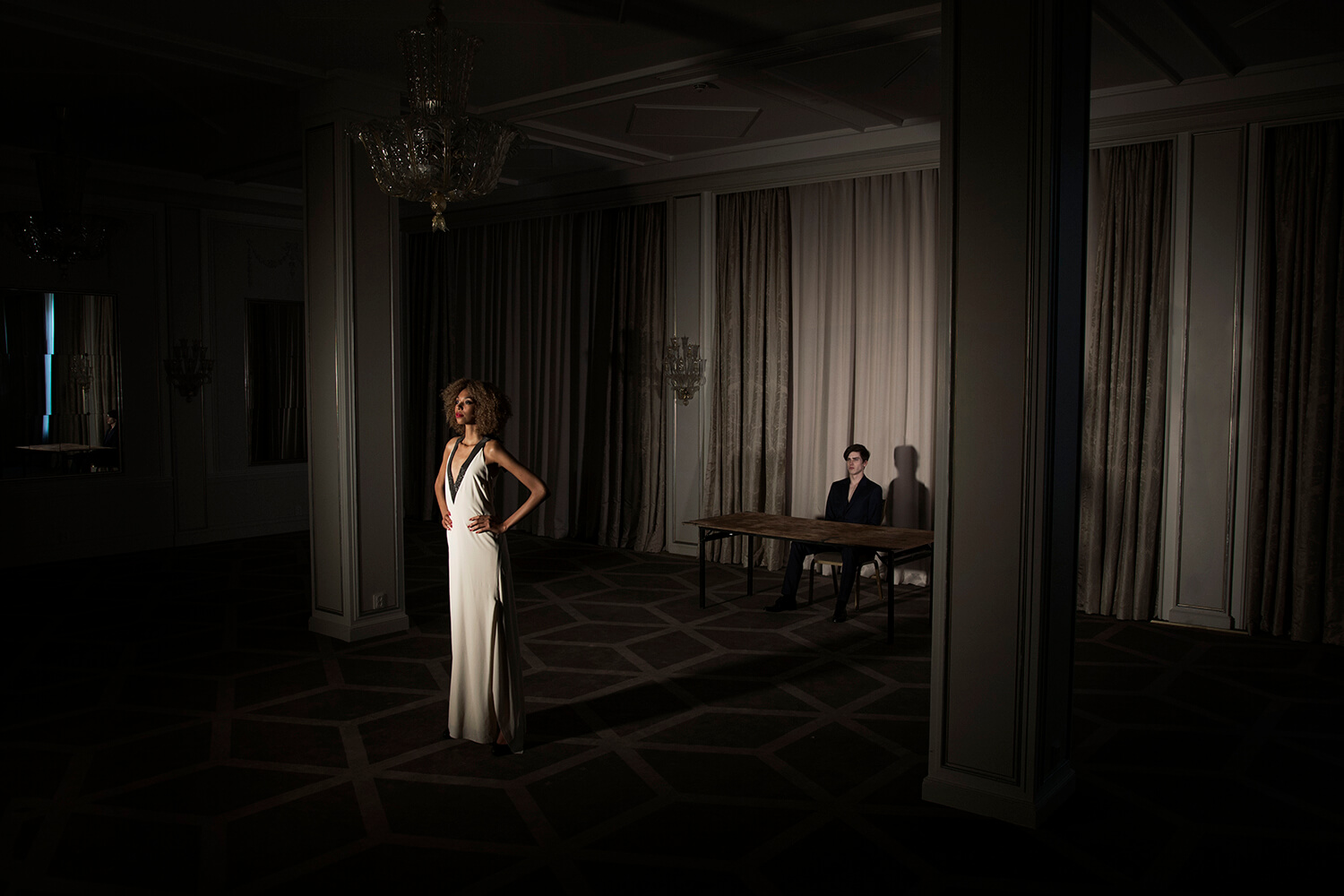
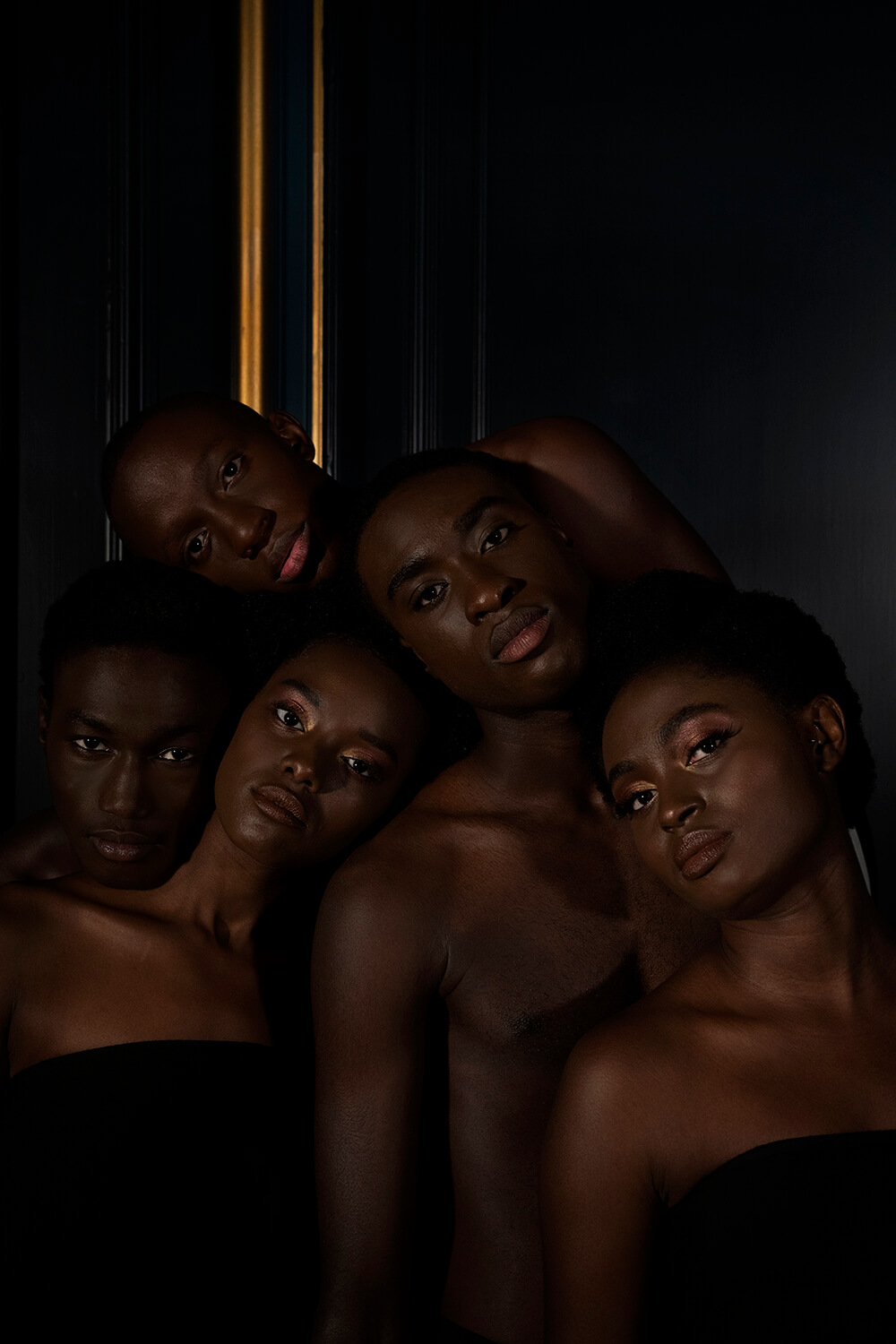
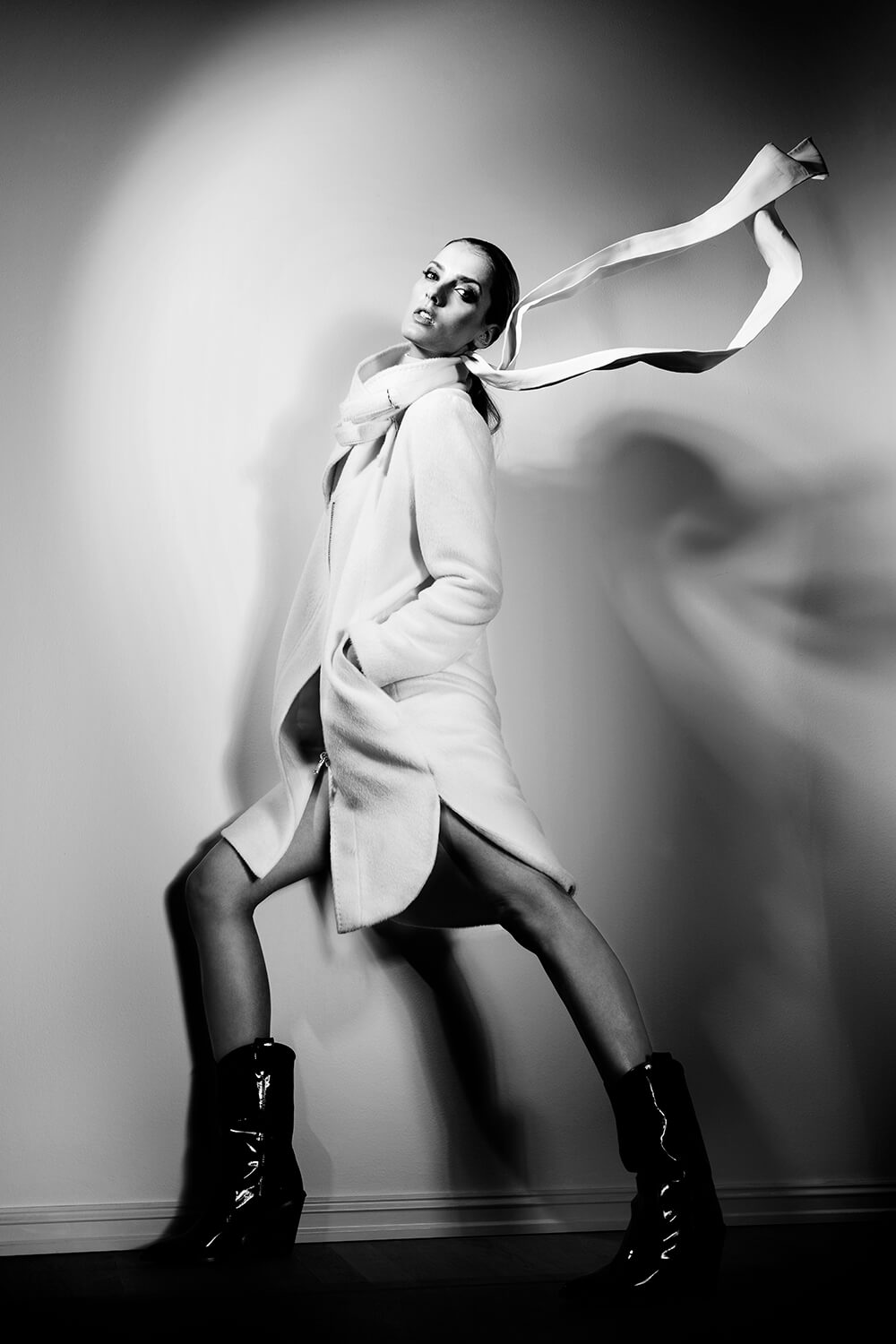
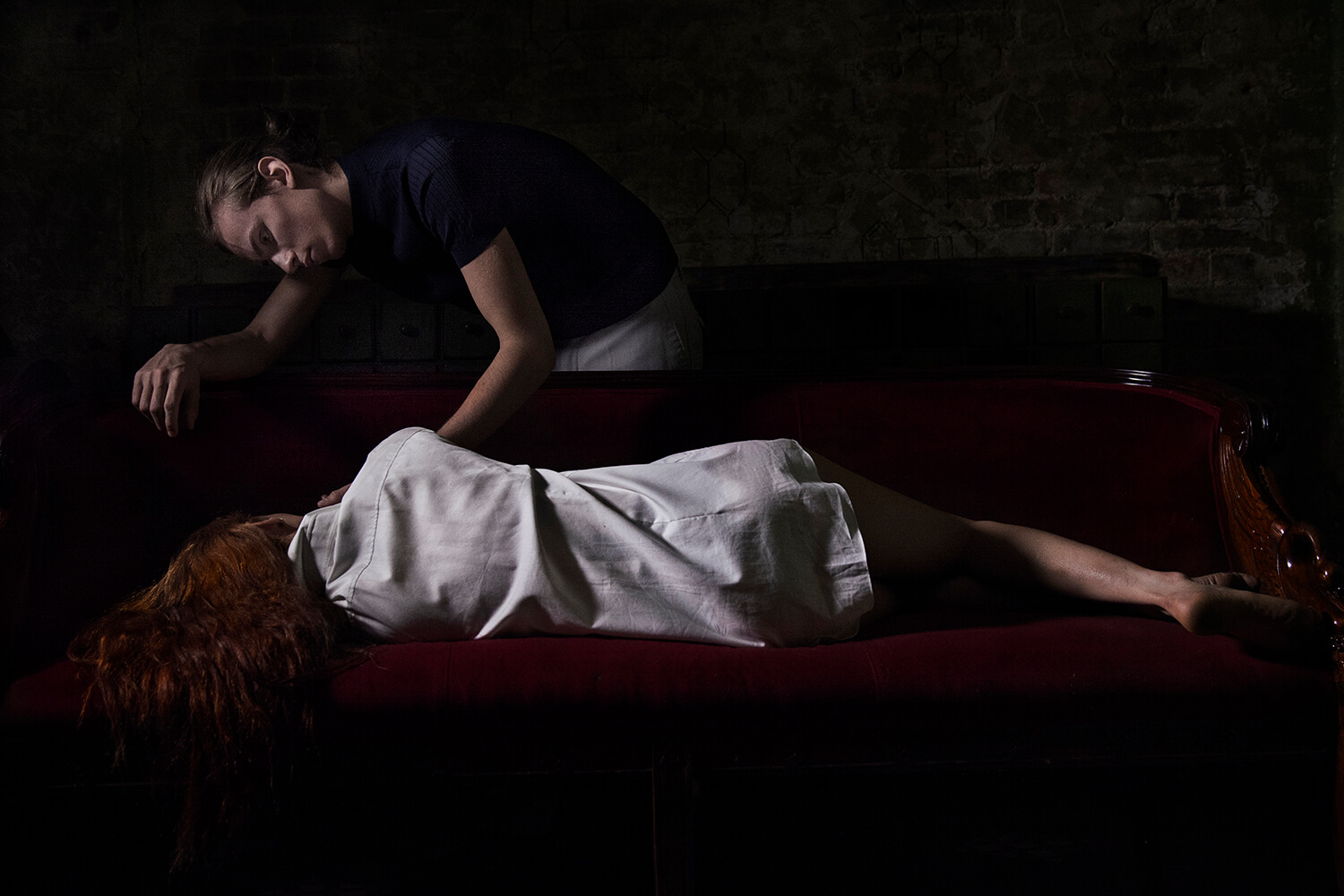
Can you share a particular favourite shot? Perhaps a recent one you’re especially proud of? Can you talk us through it?
A recent one comes to mind [below]. Just a few weeks ago, I attended a photography workshop and met Brittani, a person with such a warm, captivating presence that I immediately knew I wanted to photograph her. It wasn’t a planned shoot; there was no elaborate setup.
But that’s the beauty of portraiture for me, you can create something powerful in the moment if you truly see and appreciate what’s in front of you. You work with the light you’re given, the energy of the person, and you let instinct guide you. No overthinking, no hesitation, just allowing the portrait to reveal itself.
Who or what inspires you, inside and outside of photography?
Inspiration comes to me from many places, great photographers and painters, music and lyrics, poetry, cinema. From my own past, from the people I meet and the stories they carry, and from the way the world shifts around us every day.
One example was reading about a woman in France who, while wearing a hijab, was told by the police to remove it because it was considered illegal. She was forced to take it off in front of her children, in a public space with strangers watching. That story didn’t just move me, it made me furious. Furious at the humiliation, the injustice, and the way dignity can be stripped away so casually. I created an image in response, as my way of standing with her. I wanted the photograph to hold her strength and beauty, to make visible what others tried to diminish. So inspiration can really come from anywhere.
I’m endlessly curious about human nature, the beauty and the flaws we all share. The photographer Brassaï was inspired by everything he saw, but never in a superficial way. I feel the same. For me, inspiration isn’t something I chase, it’s in the air, in a fleeting glance, in a fragment of a lyric that lingers for days.
What’s the best piece of advice you’d pass on to your younger self if you could?
Be unapologetically yourself. Keep going, even when no one’s watching. And remember, patience isn’t waiting, it’s trusting that your time will come.
And finally, what’s next? What will you be working on for the rest of 2025?
Next up is Excellence Part 3 and a new chapter in Absolution. I can’t seem to shake the images that keep appearing in my head, so I have to see them through. I’m also diving into my first photography book… or, in fancy terms, a coffee table book. It’s both exciting and slightly terrifying, but that’s usually a good sign and I am having fun creating the book.
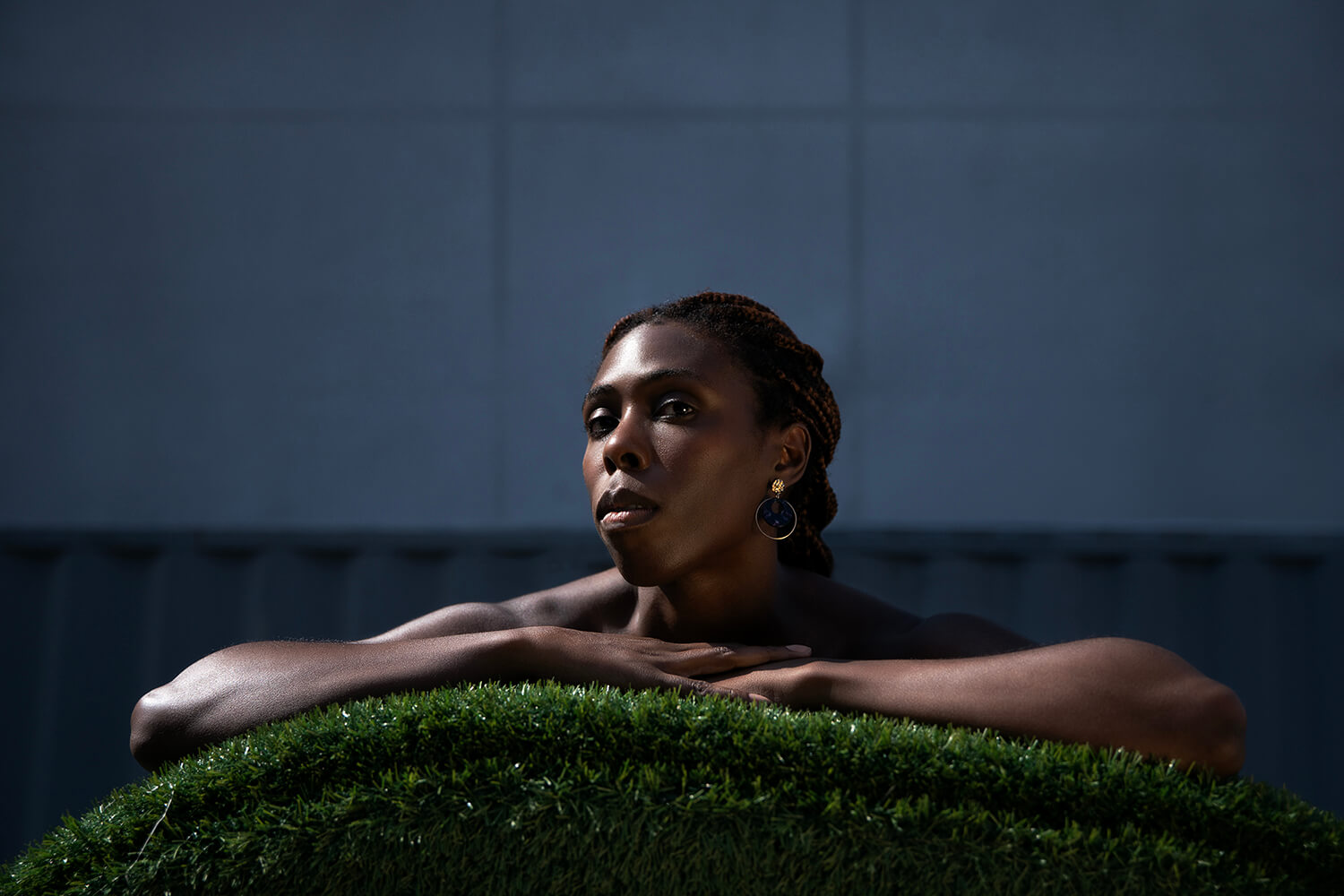
KUNAL’S FAVORITE SHOT
All images © Kunal Kohli
See more at www.kunalkohli.com and follow him on Instagram: @kunalsnarrative.
